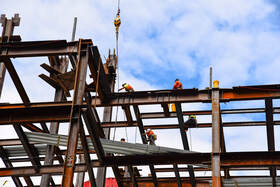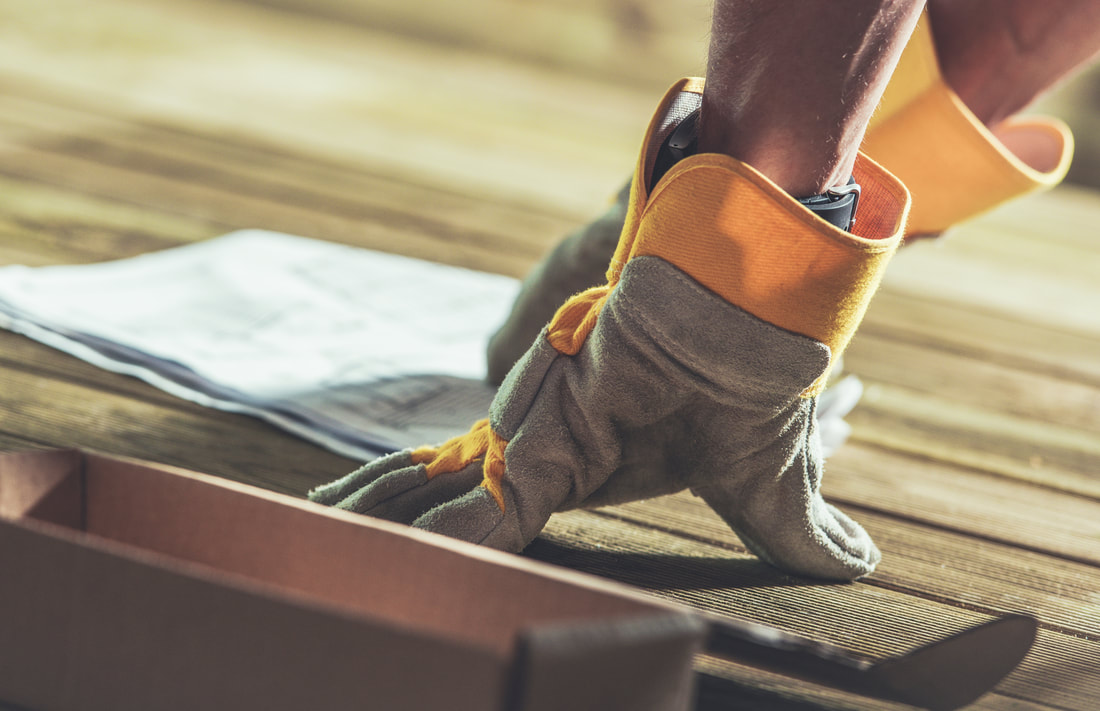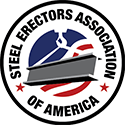 Falls in construction are the leading cause of deaths in the United States. OSHA states that employers are responsible for putting preventative measures in place to protect employees from falls at height, which includes having a fall protection plan. But what exactly does a fall protection plan entail? Let’s explore! The main purpose of the plan is to determine the fall hazards at the worksite and establish the methods and equipment each company will use to protect its workforce. Most jobsites and many state or local regulations even require contractors to have a plan on record. Not only is it important to have a plan, but employers also need to ensure its workforce understands the plan. Workers should also be trained on implementing the plan and what to do in case of a fall. Accidents happen, but with a good fall protection plan in place it can help reduce the chance of serious or fatal injuries.
Jobsite Info
It’s important to include jobsite information in your plan. This will consist of general information about the project; company name, the pre-identified competent person, jobsite address, and scope of work. Also make sure to include phone numbers for first responders in the event of an emergency. Make sure to identify the fall hazards on site. Do this prior to starting work and remember that no two jobs are the same. Evaluate all of the potential hazards on the project and ensure that you understand how the work is to be completed. Make note of where will employees be working, and the known fall hazards. Including, leading edge work, floor holes, connecting operations, ladders, and use of mobile elevating work platforms (MEWPs), such as boom lifts or scissor lifts. Types of Equipment and Inspections There are many options for a fall protection system. Determine the equipment and methods prior to beginning work. When deciding the method of protection, you should use the hierarchy of controls. These controls (from most preferred to least) are as follows - Elimination, Passive Fall Protection, Fall Restraint, Fall Arrest, Administrative Controls.
Next, outline proper equipment assembly and installation requirements. Include inspection criteria as well as proper storage of equipment. Employees need to fully understand how the equipment works, the frequency of inspections that will be required, and what to do with equipment if they identify any damaged or defective equipment. Additionally, improper storage of equipment can cause premature damage or deterioration. Be sure to refer to manufacturer manuals and inspection criteria. Falling Objects The plan should also include best practices for protecting workers from falling objects. This can include controlled or limited access zones. If this route is taken, ensure the proper tape, signage and spotters are in position. Rescues In the event of a fall, time is critical and having a rescue plan is essential to minimize any potential injury. Ensure the workforce is aware of the plan and has been properly trained on the equipment and its location. In your fall protection plan, identifying a method of communication (via phone, radio, etc.) is key in the event of an emergency. Then, outline the rescue plan by type. Did the employee fall off of a ladder, MEWP, ascent or descent device, or scaffold? Make sure there is a rescue plan for each one. Founding father, inventor, and publisher Benjamin Franklin is credited with the saying: “If you fail to plan, you are planning to fail!” In safety, if you do not have a plan then you can almost guarantee you will fail. Every project is different and presents a unique set of challenges when setting up your Fall Protection Plan but following these steps should help make planning easier. Resources: OSHA Fall Protection Plan OSHA Fall Protection Page USACE Fall Protection Guide 3M Fall Protection Rescue Plan This Safety Flash was contributed by Dax Biederman, Senior Safety Consultant, Trivent Safety Consulting, in cooperation with SEAA’s Safety Committee. It is designed to keep members informed about ongoing safety issues and to provide suggestions for reducing risk. Best practices are gathered from a variety of sources. They may be more or less stringent than individual corporate policies and are not intended to be an official recommendation from SEAA. Always get approval and direction from your company officers on any new practice or procedure as these best practices may not work for all situations. Everyone benefits when a worker avoids injury. Submit your ideas for Safety Flash to [email protected] Comments are closed.
|



 RSS Feed
RSS Feed
